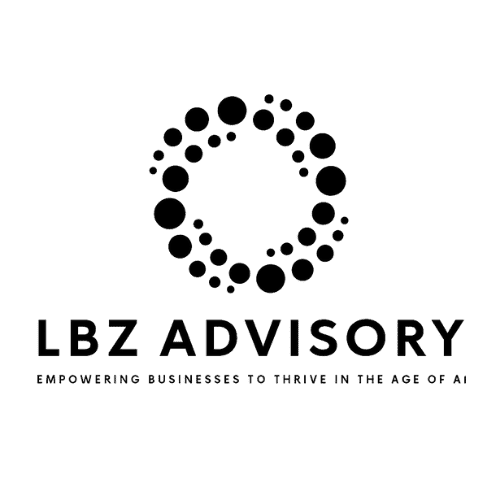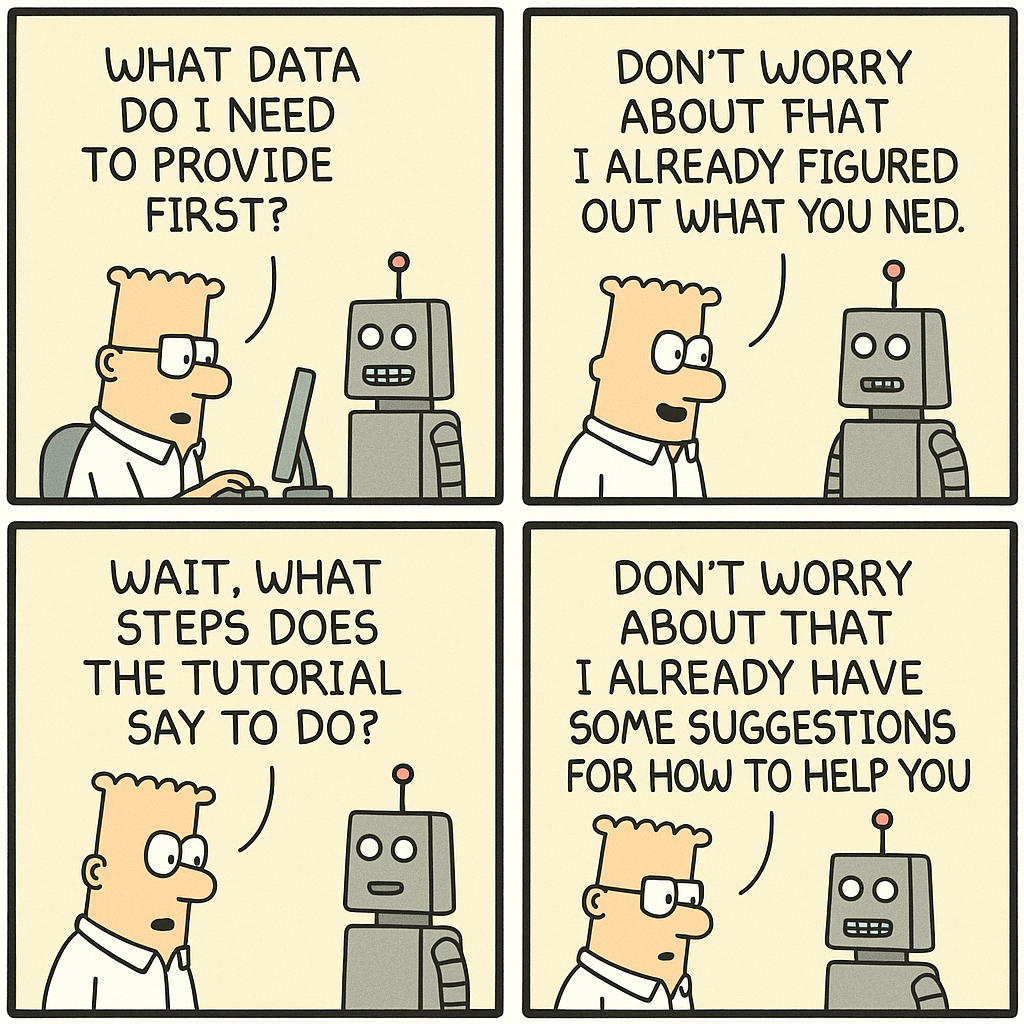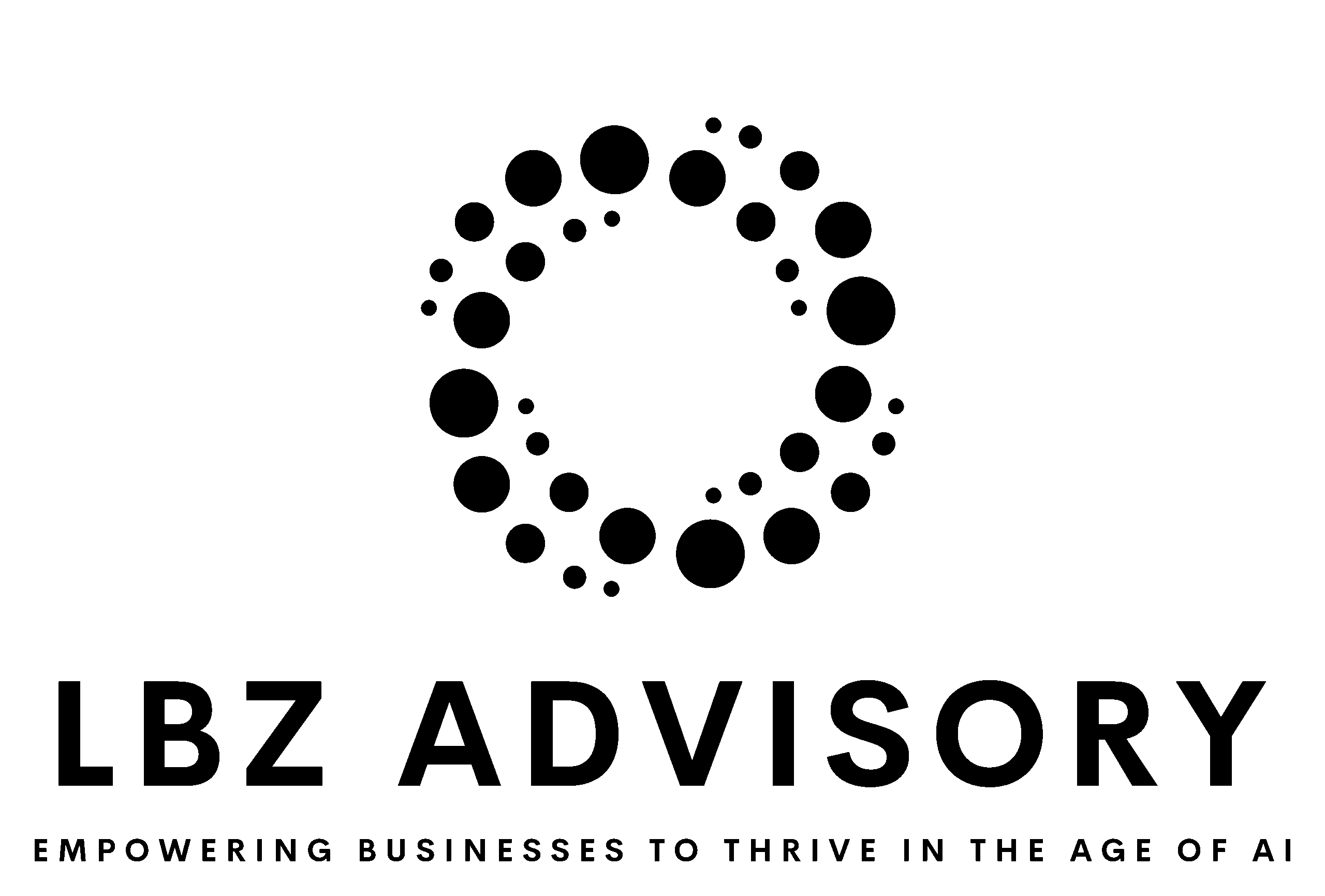Look, I’ve screwed this up before. We all have. You’re running a company that’s scaling fast, things are breaking, and you know you need to reorganize. Then you start thinking: “Well, Sarah is amazing at operations, so maybe if I…” Stop. Right. There.
The Seductive Trap
Here’s the thing that nobody tells you about organizational design: The most dangerous mistakes don’t feel like mistakes when you’re making them. They feel like pragmatic solutions.
You look at your org chart, and you see faces instead of functions. You see John, who’s been with you since the garage days, instead of seeing your go-to-market strategy. You see Lisa, who’s absolutely crushing it in product, instead of seeing your product development process.
And that’s when you’re in trouble.
Why It’s a Disease
Designing your org around personalities is organizational cancer. Here’s why:
- It Creates Hidden Dependencies
- When Sarah leaves (and eventually, she will), your entire ops structure collapses
- You’ve built a house of cards that depends on specific people never having bad days
- It Masks Structural Problems
- Instead of fixing broken processes, you’re compensating with individual heroics
- You’re treating the symptoms (by moving strong players around) instead of curing the disease
- It Kills Scalability
- You can’t clone people
- Your org design becomes a game of musical chairs instead of a scalable machine
How to Know If You’re Doing It
Here are the tell-tale signs you’re falling into the personality trap:
- You find yourself saying “Well, X is really good at…” more than “This function needs to…”
- Your org chart discussions center around moving specific people rather than optimizing workflows
- You’re creating roles to keep people happy rather than to solve business problems
- You have “special” reporting relationships that don’t make sense on paper
- You’re avoiding necessary changes because they might upset key players
The Right Way: First Principles Thinking
Here’s how to do org design right:
- Start with Strategy
- What are you trying to accomplish as a company?
- What are the core functions needed to execute that strategy?
- How should information and decisions flow?
- Design for the Future
- Create an org structure that can scale 3x without breaking
- Design roles that multiple people could potentially fill
- Build redundancy into the system
- Focus on Interfaces
- Clear handoffs between teams
- Well-defined decision rights
- Explicit communication channels
- Then (and Only Then) Think About People
- Who has the skills to fill these roles?
- Where do you need to hire?
- How do you transition from here to there?
The Hard Truth
Here’s the part that sucks: Sometimes doing org design right means your best people might not fit perfectly into the new structure. And that’s okay. Better to have some short-term pain than to build a house of cards that will eventually collapse.
What Good Looks Like
You know you’re doing org design right when:
- You can explain your org structure without mentioning a single name
- The design works on paper before you plug in personalities
- You’re solving for business outcomes rather than personal preferences
- Your structure could survive any single person leaving
The Peace of Mind Test
Here’s a simple test: Can you go on vacation for a month without worrying that everything will fall apart? If not, you’ve probably built an org that’s too dependent on specific people.
Leading Through the Change
Finally, remember that a reorg isn’t just about structure—it’s about people. Communicate clearly and frequently. Explain the “why” behind the changes, and be honest about the trade-offs. People will respect tough decisions if they understand the rationale.
The Bottom Line
The hardest thing about org design isn’t drawing the boxes. It’s having the courage to design based on what your company needs to become, not based on who’s sitting in your office right now.
Reorganizing isn’t just a business challenge—it’s a test of your leadership. Designing around purpose rather than personalities requires courage, clarity, and a willingness to make tough calls. But if you get it right, you’ll build an organization that scales, evolves, and endures.
















